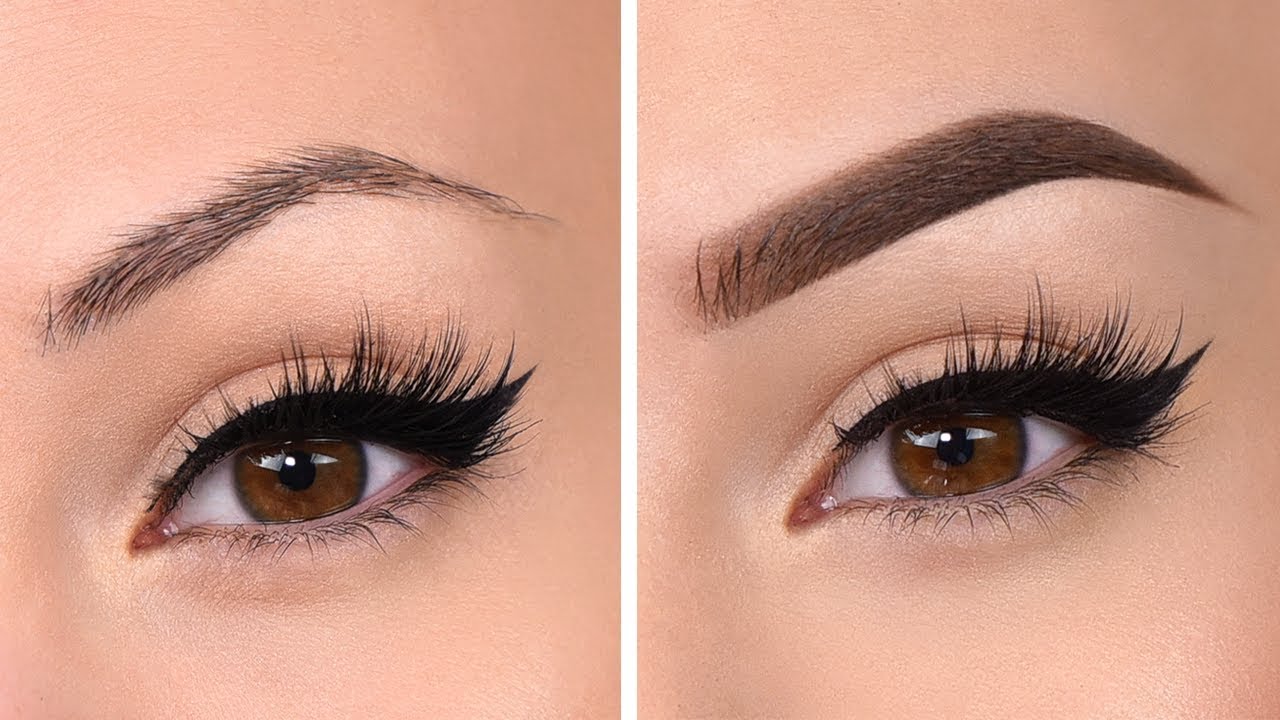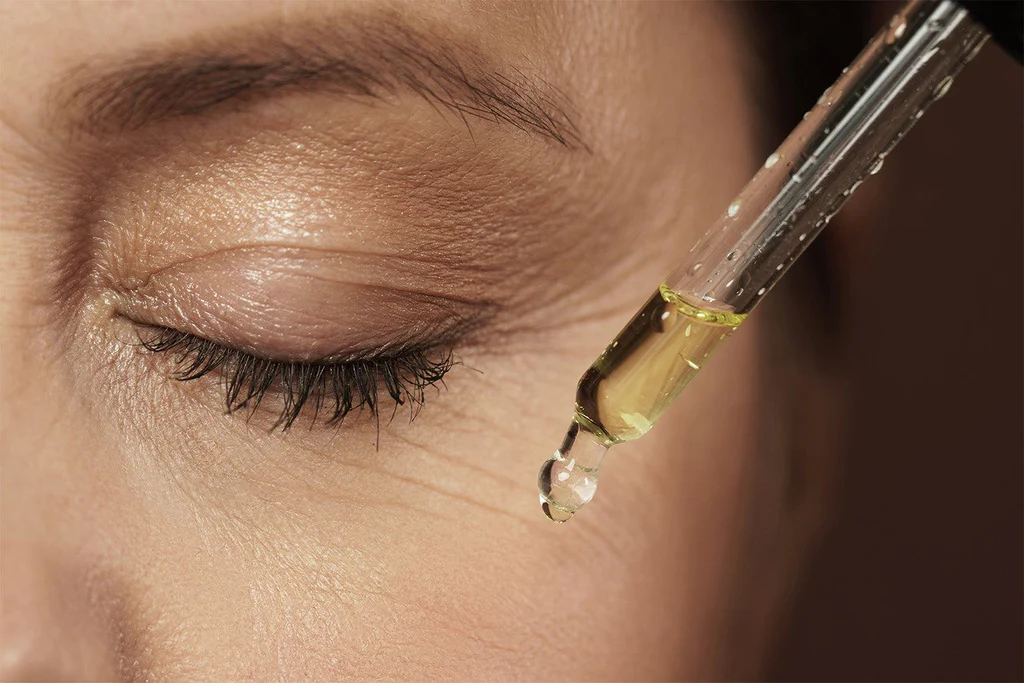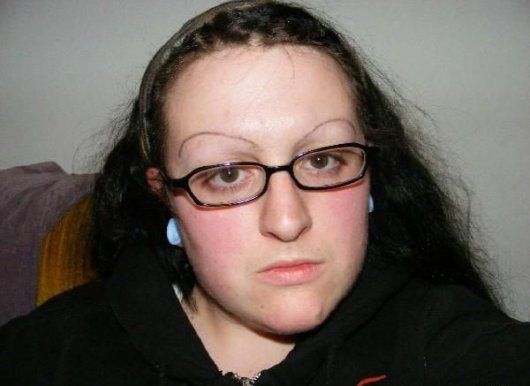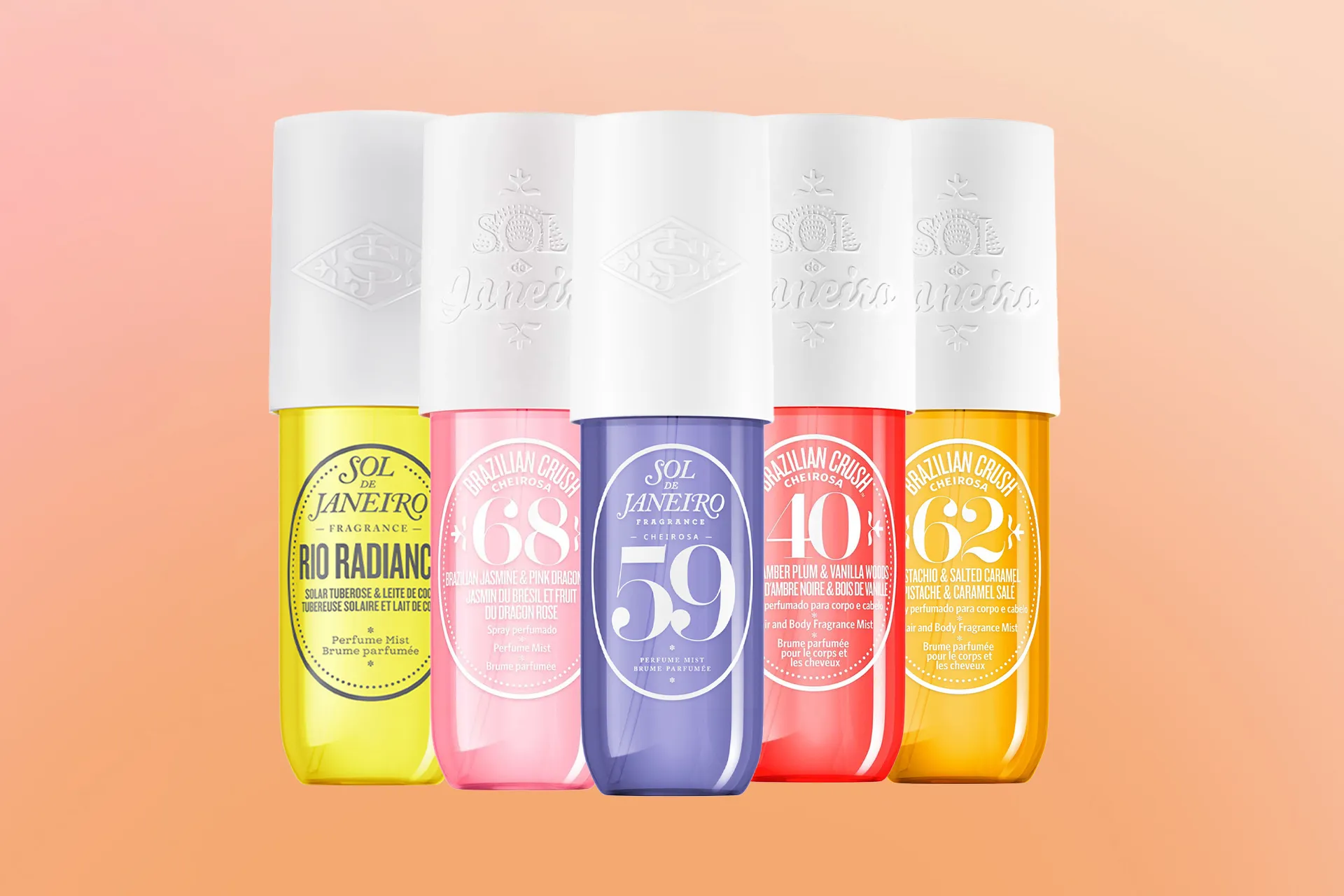Blackheads are one of the most common and annoying skin problems that many people face. They are small, dark spots that appear on the surface of the skin, usually on the nose, chin, forehead, and cheeks. They are caused by clogged pores that contain a mixture of dead skin cells, oil, and bacteria. When this mixture is exposed to air, it oxidizes and turns black, hence the name.
Blackheads can affect anyone, regardless of age, gender, or skin type. However, they are more likely to occur in people who have oily skin, hormonal fluctuations, or use comedogenic (pore-clogging) products. Blackheads can also be influenced by genetic factors, sun damage, and environmental pollution.
While blackheads are not harmful or painful, they can make your skin look dull, uneven, and dirty. They can also lead to inflammation, infection, and scarring if you try to squeeze or pop them. Therefore, it is important to know how to prevent and treat blackheads effectively and safely.
In this blog post, we will share with you some of the best and worst ways to get rid of blackheads, as well as answer some frequently asked questions about this common skin concern.
The Best Ways to Get Rid of Blackheads
The best way to get rid of blackheads is to use products and treatments that can gently exfoliate, unclog, and cleanse your pores, without irritating or damaging your skin. Here are some of the most effective and recommended methods to achieve this:
- Salicylic acid. This is a type of beta-hydroxy acid (BHA) that can penetrate deep into the pores and dissolve the oil and dead skin cells that cause blackheads. Salicylic acid also has anti-inflammatory and antibacterial properties that can reduce redness and prevent infections. You can find salicylic acid in many over-the-counter cleansers, toners, pads, gels, and creams. You can use it once or twice a day, depending on your skin tolerance and needs. However, be careful not to overuse it, as it can dry out or irritate your skin. Some examples of products that contain salicylic acid are Murad Time Release Active Cleanser, La Roche-Posay Effaclar Medicated Gel Cleanser, and Dermalogica Clearing Skin Wash.
- Topical retinoids. These are derivatives of vitamin A that can speed up the turnover of skin cells and prevent them from clogging the pores. Topical retinoids can also improve the texture, tone, and appearance of your skin by stimulating collagen production and fading hyperpigmentation. You can get topical retinoids by prescription, such as tretinoin or Retin-A, or over-the-counter, such as adapalene or Differin. You can apply them at night, after cleansing and before moisturizing. However, be aware that topical retinoids can cause some side effects, such as dryness, peeling, sensitivity, and sunburn. Therefore, you should start with a low concentration and frequency, and gradually increase them as your skin adapts. You should also use sunscreen and avoid sun exposure while using topical retinoids.
- Clay masks. These are masks that contain natural clay minerals, such as kaolin, bentonite, or charcoal, that can absorb excess oil and impurities from the pores and the skin surface. Clay masks can also tighten the pores, reduce inflammation, and improve blood circulation. You can use clay masks once or twice a week, depending on your skin type and condition. You should apply them on clean, damp skin, and leave them on for 10 to 15 minutes, or until they dry. Then, you should rinse them off with warm water and pat your skin dry. Some examples of clay masks that are suitable for blackhead-prone skin are [Aztec Secret Indian Healing Clay], [Origins Clear Improvement Active Charcoal Mask], and [L’Oreal Paris Pure-Clay Mask Detox & Brighten].
- Chemical peels. These are treatments that use acids, such as glycolic acid, lactic acid, or mandelic acid, to remove the top layer of the skin and reveal a smoother, clearer, and brighter complexion. Chemical peels can also unclog the pores, reduce the appearance of blackheads, and prevent new ones from forming. You can get chemical peels from a dermatologist or a licensed esthetician, or you can do them at home with a lower concentration and frequency. You should follow the instructions carefully and avoid overdoing it, as chemical peels can cause irritation, redness, peeling, and sun sensitivity. You should also moisturize and protect your skin after a chemical peel. Some examples of chemical peels that are effective for blackhead-prone skin are The Ordinary AHA 30% + BHA 2% Peeling Solution, Drunk Elephant T.L.C. Sukari Babyfacial, and Paula’s Choice Skin Perfecting 2% BHA Liquid Exfoliant.
- Professional extraction. This is a procedure that involves using a sterile tool, such as a comedone extractor or a lancet, to gently press or pierce the blackhead and remove the plug. Professional extraction can be done by a dermatologist or a licensed esthetician, who can also perform other treatments, such as steam, microdermabrasion, or light therapy, to enhance the results. Professional extraction can be very effective and satisfying, as it can instantly clear the pores and improve the appearance of the skin. However, it can also be costly, time-consuming, and painful. It can also cause some side effects, such as bleeding, bruising, scarring, and infection, if not done properly or hygienically. Therefore, you should only get professional extraction from a qualified and experienced provider, and follow their aftercare instructions.
The Worst Ways to Get Rid of Blackheads
The worst way to get rid of blackheads is to use methods that can damage, inflame, or infect your skin, or worsen the condition of your pores. Here are some of the methods that you should avoid at all costs:
- Squeezing or popping. This is the most tempting but also the most harmful way to get rid of blackheads. Squeezing or popping your blackheads can cause trauma to your skin, leading to inflammation, infection, and scarring. It can also push the bacteria and debris deeper into the pores, making them more clogged and inflamed. Moreover, squeezing or popping your blackheads can spread the bacteria to other areas of your face, causing more breakouts. Therefore, you should resist the urge to squeeze or pop your blackheads, and leave them alone or use gentle methods to remove them.
- Scrubs. These are products that contain abrasive particles, such as sugar, salt, or walnut shells, that can physically exfoliate the skin and remove the dead skin cells and oil. Scrubs can also massage the skin and stimulate blood flow. However, scrubs can be too harsh and irritating for blackhead-prone skin, as they can scratch the skin surface, cause micro-tears, and increase inflammation. Scrubs can also make the pores look larger and more noticeable, as they can remove the natural oils that keep the pores tight and elastic. Therefore, you should avoid using scrubs on your blackhead-prone areas, and opt for gentle chemical exfoliants instead.
- Pore strips. These are adhesive strips that you apply on your nose or other areas with blackheads, and then peel off after a few minutes. Pore strips can remove some of the blackheads and make your pores look cleaner and smaller temporarily. However, pore strips can also damage your skin, as they can pull off the natural oils, moisture, and healthy skin cells, along with the blackheads. Pore strips can also irritate the skin, cause redness, and enlarge the pores. Moreover, pore strips can only remove the superficial part of the blackheads, and not the root cause. Therefore, you should not rely on pore strips to get rid of your blackheads, and use them sparingly and carefully if you do.
- Alcohol-based products. These are products that contain alcohol, such as ethanol, isopropyl alcohol, or denatured alcohol, that can dry out and disinfect the skin. Alcohol-based products can also temporarily shrink the pores and make them less visible. However, alcohol-based products can also strip the skin of its natural oils and moisture, causing it to produce more oil to compensate. This can lead to more clogged pores and blackheads in the long run. Alcohol-based products can also irritate the skin, cause inflammation, and disrupt the skin barrier. Therefore, you should avoid using alcohol-based products on your blackhead-prone skin and choose alcohol-free or low-alcohol products instead.
- DIY remedies. These are homemade concoctions that use natural ingredients, such as baking soda, lemon juice, toothpaste, or egg whites, to treat blackheads. DIY remedies can be appealing because they are cheap, easy, and natural. However, DIY remedies can also be harmful, as they can contain ingredients that are too acidic, alkaline, or abrasive for the skin. DIY remedies can also cause allergic reactions, irritation, inflammation, and infection. Therefore, you should be cautious and do a patch test before using any DIY remedy on your blackhead-prone skin, and consult a dermatologist if you have any adverse effects.
FAQs About Blackheads
Here are some of the most frequently asked questions about blackheads, and their answers:
- What is the difference between blackheads and whiteheads? Blackheads and whiteheads are both types of comedones, which are clogged pores that contain a mixture of dead skin cells, oil, and bacteria. The difference is that blackheads are open comedones, meaning that the pore is open and the mixture is exposed to air, which causes it to oxidize and turn black. Whiteheads are closed comedones, meaning that the pore is closed and the mixture is trapped under the skin, which causes it to appear white or flesh-colored.
- Can I use a blackhead vacuum to remove blackheads? A blackhead vacuum is a device that uses suction to pull out the blackheads from the pores. It can be effective for some people, especially if they have large, visible blackheads. However, a blackhead vacuum can also cause some problems, such as bruising, swelling, broken capillaries, and skin damage. It can also be painful and uncomfortable to use. Therefore, you should use a blackhead vacuum with caution, and follow the instructions carefully. You should also not use it too often or too aggressively, as it can damage your skin and make your pores worse.
- Can I use a pore minimizer to shrink my pores and prevent blackheads? A pore minimizer is a product that claims to reduce the size and appearance of the pores. It can be a serum, a primer, a moisturizer, or a mask. A pore minimizer can temporarily make your pores look smaller and smoother, by filling in the pores with silicone or other ingredients, or by tightening the skin with astringents or antioxidants. However, a pore minimizer cannot actually change the size or shape of your pores, as they are determined by your genetics, age, and skin type. A pore minimizer can also clog your pores and cause more blackheads, if it is not removed properly or if it contains comedogenic ingredients. Therefore, you should not rely on a pore minimizer to get rid of your blackheads, and use it sparingly and wisely.
Conclusion
Blackheads are a common and frustrating skin problem that can affect anyone, regardless of age, gender, or skin type. They are caused by clogged pores that contain a mixture of dead skin cells, oil, and bacteria, which turns black when exposed to air. Blackheads can make your skin look dull, uneven, and dirty, and can also lead to inflammation, infection, and scarring, if you try to squeeze or pop them.
The best way to get rid of blackheads is to use products and treatments that can gently exfoliate, unclog, and cleanse your pores, without irritating or damaging your skin. Some of the most effective and recommended methods are salicylic acid, topical retinoids, clay masks, chemical peels, and professional extraction. The worst way to get rid of blackheads is to use methods that can damage, inflame, or infect your skin, or worsen the condition of your pores. Some of the methods that you should avoid at all costs are squeezing or popping, scrubs, pore strips, alcohol-based products, and DIY remedies.
We hope that this blog post has helped you understand more about blackheads, and how to prevent and treat them effectively and safely. If you have any questions or comments, please feel free to leave them below. Thank you for reading!
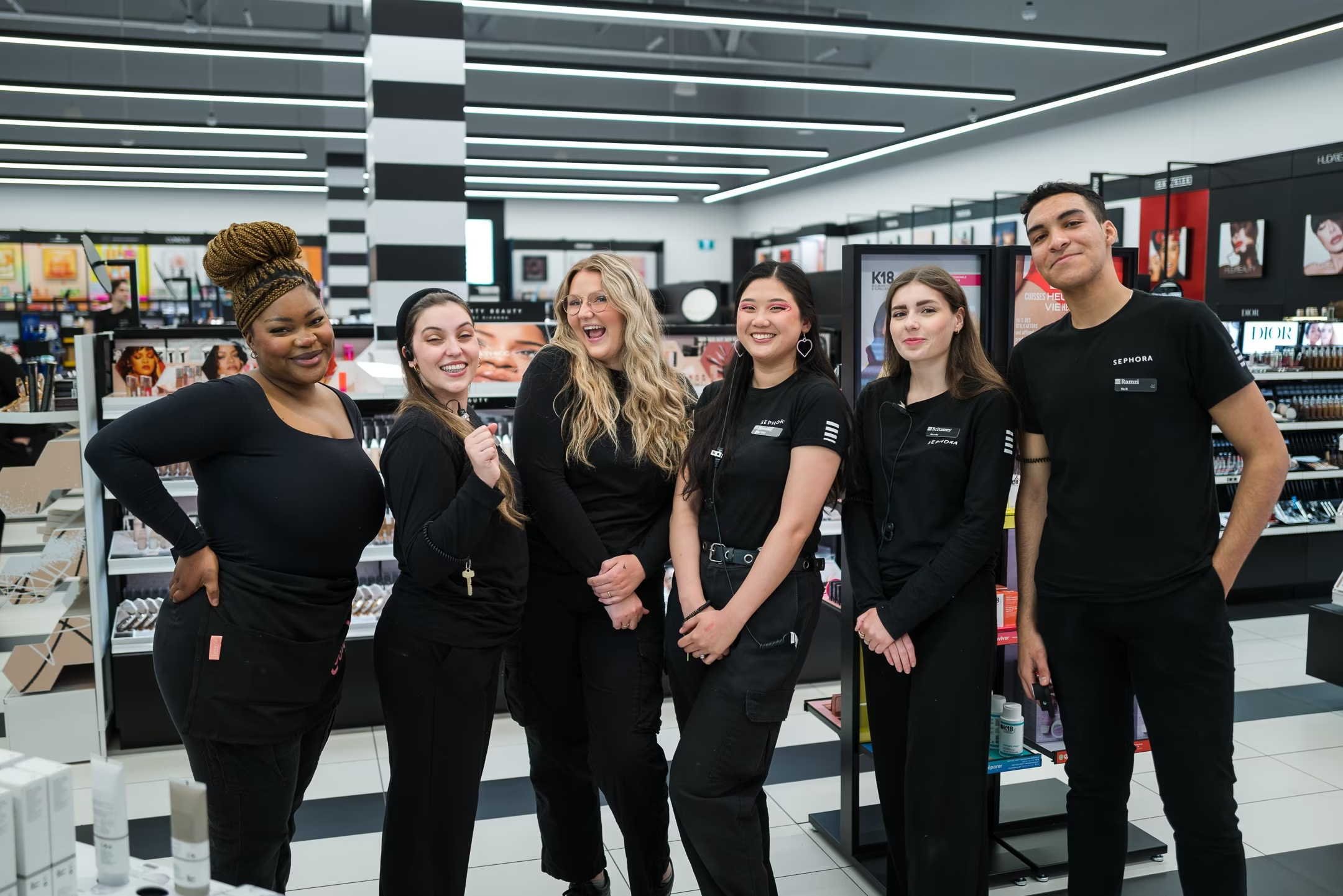
 By
Your Beauty Plug
By
Your Beauty Plug

